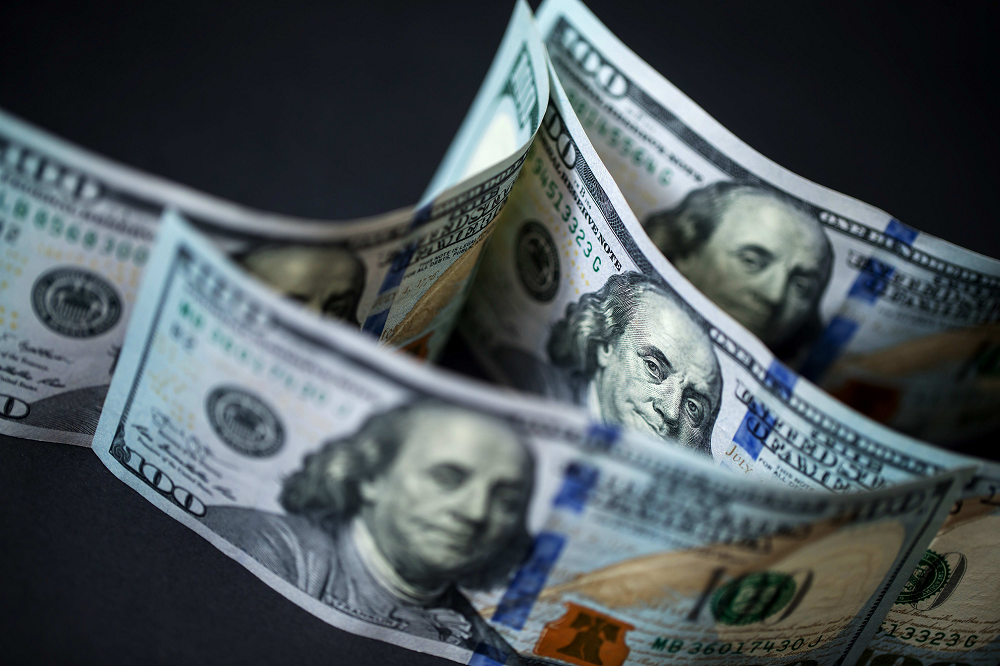The US dollar will test 105 against a basket of currencies in the short term, analyst says
March 24, 2020 @ 11:42 +03:00
World markets are facing a simple but serious problem: There just aren’t enough dollars to execute trades and transactions. That explains why the trade-weighted dollar index, gained more than 4% last week. The broad dollar index measures the value of the dollar against a basket of currencies, namely the euro, pound, yen, Canadian dollar, Swiss franc and Swedish krona.
Given the scarcity of dollars, the U.S. Federal Reserve last week announced that it set up financing channels with nine other central banks, including the Reserve Bank of Australia and Monetary Authority of Singapore, to stabilize currency markets.
That opened access to $450 billion of additional dollar funds, with a commitment to keep the arrangement in place for at least six months. However, analysts aren’t sure if that amount will be enough to contain the fear among investors who are hoarding dollars as market gains evaporate. Khoon Goh, head of research at Melbourne-based ANZ Bank, thinks the greenback will rise to 105 on the dollar index in the short term. As of Tuesday it stands near 102, and last was at 105 in late 2002.
The Fed announced open-ended additional stimulus on Monday, and Goh acknowledged that some steam came off the dollar rally. The dollar spike isn’t surprising given extreme market volatility and investor fears that go along with it. But a number of aspects to the rise are worrying some analysts:
Bad news for emerging market assets – With many currencies like the Brazilian real, Indian rupee and Indonesian rupiah plunging to record lows, the next move to watch for is a G20 level currency intervention. With the Fed funds rate in the U.S. down to near zero and most emerging market central banks cutting rates aggressively, the yield advantage for those countries’ currencies has withered away. Negative for US exports – At a time when President Donald Trump has repeatedly said he doesn’t like a strong dollar, the rally will be detrimental for U.S. exports, especially once the pandemic curve flattens and consumer and industrial demand bounce back.
Top reserve currency of the world – According to the IMF, more than 61% of all foreign bank reserves are in U.S. dollars. Plus, nearly 40% of the world’s debt is in dollars. Together with the euro, the two currencies dominate 80% of global reserves. The Chinese renminbi, despite the country being an integral part of global trade, makes up less than 2% of global currency reserves. That creates over-dependence on the U.S. greenback.
The US dollar will test 105 against a basket of currencies in the short term, analyst says, CNBC, Mar 24







